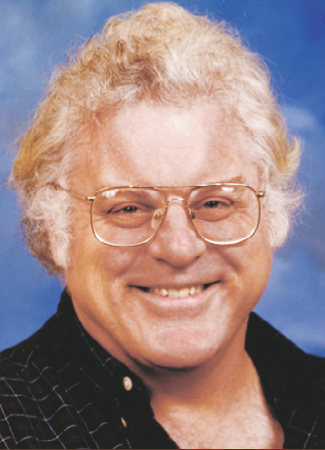Korea sends Laughlin packing
DOI: 10.1063/1.2218548
Robert Laughlin’s stint as president of the Korea Advanced Institute of Science and Technology in Daejeon, South Korea, comes to an end next month. The Ministry of Science and Technology decided in April not to renew his two-year contract after some 90% of KAIST professors gave him a vote of no-confidence and nearly all deans and department chairs quit their administrative posts to protest his continuing in the job.
In naming the physics Nobel laureate president in 2004, the ministry apparently hoped to raise the international visibility and stature of KAIST. As a foreigner, Laughlin was at an advantage for introducing change, says KAIST vice president Sang Soo Kim.
Some of Laughlin’s ideas were good, Kim says. “But he failed to build mutual trust between him and the professors.” Also working against Laughlin, Kim adds, “were his lack of experience running a university and his confrontational style of management.”
Others on the KAIST faculty are harsher in their criticism of Laughlin. “Professors are disappointed in him because of his lack of vision and lack of passion for KAIST,” says Yong Hee Lee, chair of the physics department. “Also, in other places, he said KAIST is not up to par. As a president he was degrading his own institution.”
For his part, Laughlin insists that the clash at KAIST was cultural and political and that his “personality and policies had nothing to do with it.” To start with, he says, “I was hired by the ministry. I have legitimacy from the government, but no legitimacy from the troops.” And, he adds, “I got orders from the ministry not to build up mutual trust with the professors. I got orders from them to do stuff the professors would not accept.”
Among his achievements at KAIST, Laughlin counts a $20 million a year hike in the institute’s budget and, most important, he “managed to put the reform agenda in writing and get it into the public eye. That’s 90% of the battle. Now the monkey is on the back of whoever takes the reins.” The reform will include tying salaries to merit.
The faculty rebellion against Laughlin has brought unwanted attention to Korean science, which already had its tail between its legs in the wake of Hwang Woo Suk’s fraudulent claims of cloning. Duke University physicist Moo Young Han, editor of the online newsletter Korean–American Science and Technology News, calls both affairs symptoms of “Nobel disease”—referring to the immense pressure in Korea to land a Nobel science prize. Laughlin’s tenure at KAIST, Han adds, “was destined for failure, albeit not as spectacularly as happened.”
In July, Laughlin heads back to Stanford University, where he plans to teach, research, and write “anything that brings income.”

Laughlin
ROBERT LAUGHLIN

More about the Authors
Toni Feder. American Center for Physics, One Physics Ellipse, College Park, Maryland 20740-3842, US . tfeder@aip.org
